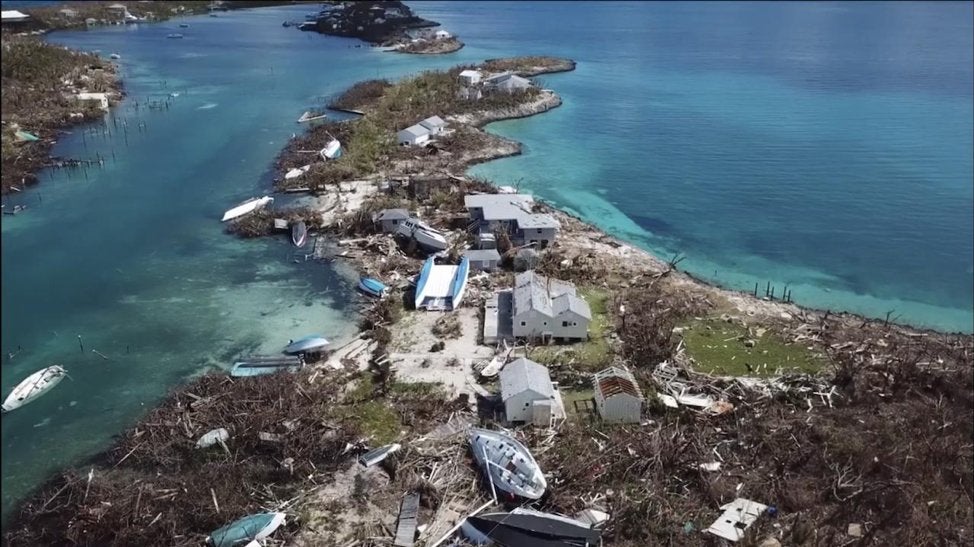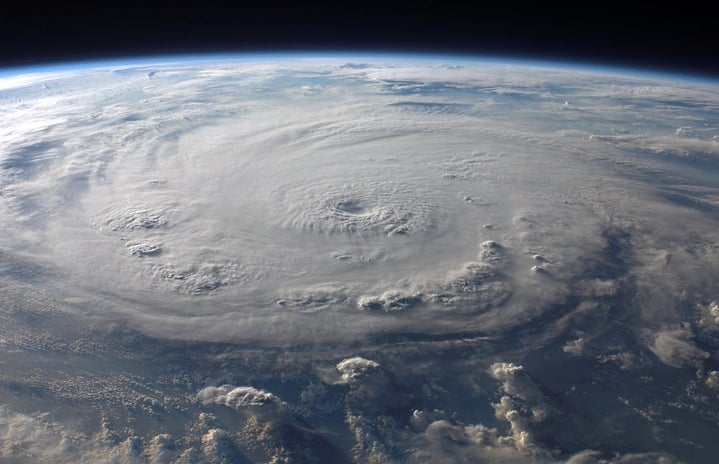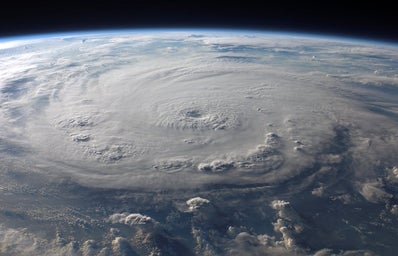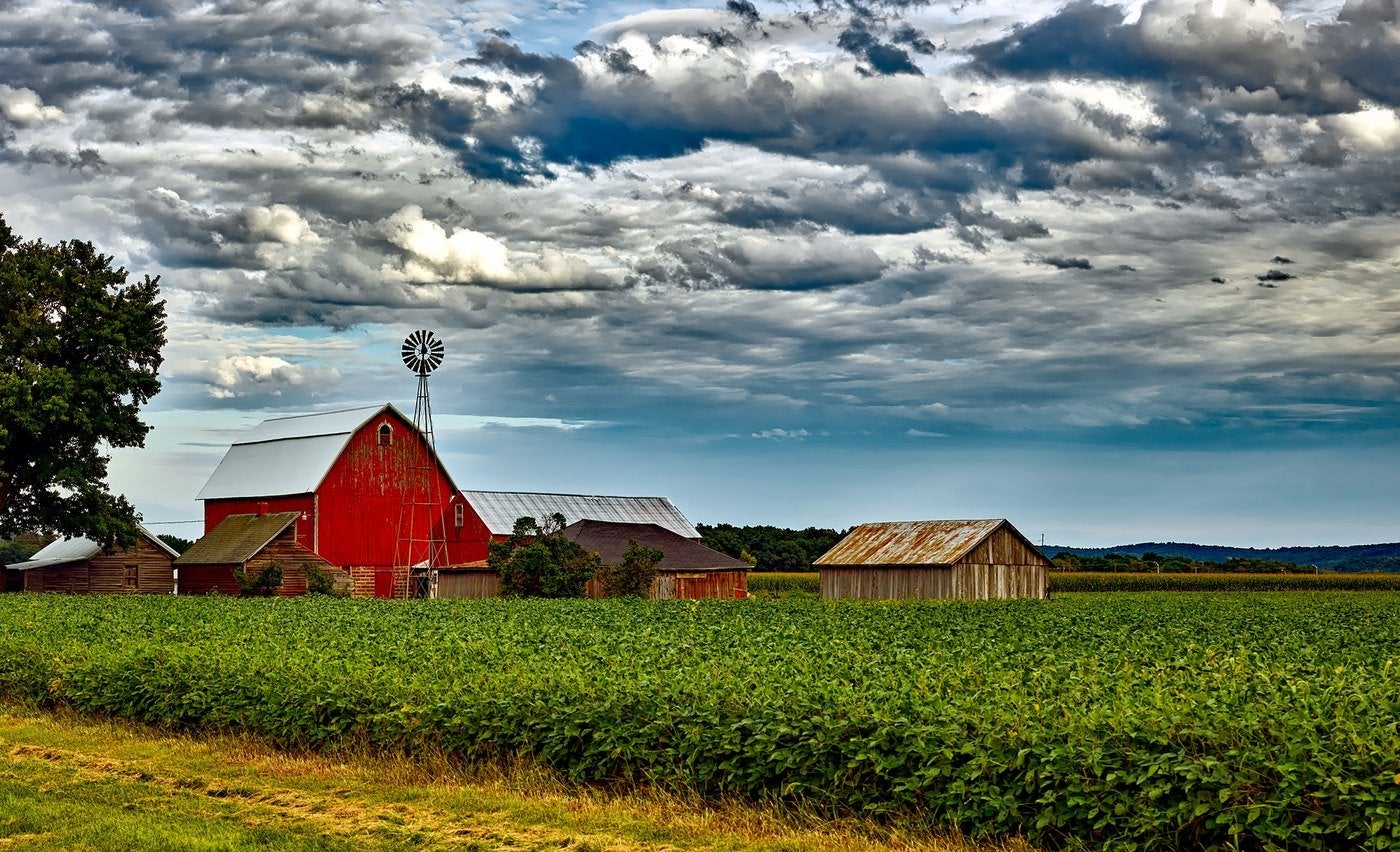The evidence is everywhere. Our oceans are warming, our ice sheets shrinking, sea levels rising. Our hurricanes and wildfires are destroying more and more land every year. It is being brought to the forefront of people’s minds, and soon its effects will be irreversible. Global warming and climate change are a reality and they are only getting worse. There are measures we as a society can take to prevent or avoid certain disasters while attempting to reverse the effects our lifestyles have had on the environment. First, though, we must educate ourselves on the causes and effects this expanding issue has on our world.
The idea that humans have the ability to significantly affect the Earth has been a controversial topic since it was first presented to the public. Ancient Greeks fought over whether or not they should cut down the trees on their land, as some believed it would lead to more rainfall and therefore cause flooding. In 1896, however, Svante Arrhenius published a new concept – global warming. He believed that when we burned fossil fuels, the CO2 emitted into the air created a blanket over the Earth, trapping in the heat. Since then, scientists have gathered an overwhelming amount of research to concur with and further his findings.
It is simple chemistry that when carbon-based materials are burned, carbon must be emitted into the atmosphere as a gas, this much we are certain about. Beginning in the 1970s, scientists began tracking how much solid carbon was being burned on a global scale, and with that, they could calculate a reasonable estimate as to how much carbon gas was being released. With this data, they could cross-reference it to numbers from thousands of years ago. By measuring the amount of carbon trapped in ice glaciers, we are able to tell just how much CO2 was in the air at any given time. It was discovered that the increasing rate of CO2 emissions from 1950 to present is higher than we’ve seen in hundreds of thousands of years. At the time of this groundbreaking discovery, many scientists thought it was too drastic to be caused by humans. This idea that the “balance of nature” cannot be disturbed by our insignificant changes in lifestyle was quickly proven wrong.

The idea that humans have nothing to do with global warming is simply uneducated. Yes, the Earth has seen drastic changes to its climate without the interference of humans, the ice ages being a prime example of this. From around 2.6 million years ago to 11,000 years ago, our planet was frozen. The temperature of the Earth was an average of 12 degrees Fahrenheit. This caused snow to fall nearly all year, which when piled up resulted in glaciers. Because of the rising height of glaciers and ice sheets, the sea level fell. It’s not to say drastic global climate changes haven’t occurred naturally, however, it’s very difficult to explain the remarkable increase in global temperature over the last 100 years without taking into account the actions of the human race.
The Industrial Revolution is seen as a triumph in American history. The nation boomed with new manufacturing and packaging methods, leading to less of a reliance on trade and therefore building up our own economy. Although we became one of the world’s leading producers for many goods, such as textile and glass, it came with a price. Our bull-run economy led to a jump in population, and for many American families, a rise in wealth. The 1800s was also a huge time period for increasing quality of life, from hygiene to personal amenities. This led to bigger houses needing more fuel to stay warm, and more cars on the road, pumping out carbon monoxide, carbon dioxide, and nitrogen. This combination of factories, homes, and cars in America during the late 1800s would soon lead us to become the world’s largest contributor to greenhouse gas emissions. This title would only be taken from us by China in the 1950s.
By the early 20th century, the world began to feel the effects of these new processes. The air in industrial cities like Pittsburgh was visibly polluted with black smog, the oceans were becoming full of floating trash and thousands of marine animals were washing ashore, dead from asphyxiation or poison. In the 1970s, the government brought this raging issue to the public’s attention with the Clean Air Act (1970), Clean Water Act (1972), and the first Earth Day. By this time, we had finally admitted to ourselves that our actions have consequences and we must try to reverse what has been done to our planet.

A common misunderstanding about global warming is that natural disasters are all really “natural.” In fact, research has proven that many of today’s natural disasters are not just worsened by global warming but possibly brought on by man-made structures and procedures. Imagine this, every year there are 10-20 major floods in the U.S. This number probably hasn’t increased much in the past thousand years, however, the severity of it has been due to climate change. When an area floods, the water will take the path of least resistance, hoping to end in the soil so it may continue its cycle through Earth. When you lay down 10,000 square miles of concrete on a flood-prone area, you’re only asking for trouble. Our use of this Earth’s land is inhibiting it from going through its natural cycles. The planet has a set system it uses to reset itself. Wildfires decrease the amount of vegetation taking water from the land as well as kill off diseased plant life and predatory insects. Earthquakes loosen up the soil to help deposit minerals more evenly. Hurricanes and floods replenish any barren soil or dried up bodies of water. The term “natural disaster” only came about when we realized the destruction it brought upon our economy. These weather hazards are simply what’s been happening since the creation of Earth, and we have gotten in the way. We must rebuild and rethink our ways of inhabiting the planet if we want to avoid the catastrophes that are ripping through our country every year.
In order to reduce the severity at which natural disasters are occurring, we must first try our hardest to undo what has been done to our planet’s atmosphere. A commonly discussed but very complex suggestion to reversing the effects of global warming is the replacement of gas-run cars. 28.5 percent of greenhouse gases are attributed to transportation. Our use of petroleum-based cars has led to an average of 1.7 billion metric tonnes of CO2 equivalent being released every year across the globe. If we were to nationally recognize global warming and put government funding into the production of alternative energy sources for passenger cars only, we would cut this number in half.
Another very large percentage of greenhouse gases is methane. Approximately one-eighth of Earth’s greenhouse gases are methane, being released partially from car exhaust and oil fracking, but mostly from agriculture. Methane comes from the decomposition of organic matter, and large-scale livestock farms are constantly decomposing animal meat and feces. Ways to avoid this are supporting local, small-scale farms, eating less red meat (which is not quite healthy for you anyway), and supporting farms that use “digesters”, a large container that works to decompose manure. The resulting biogas from these digesters is then re-purposed as an energy source instead of releasing it into the atmosphere.
One last lifestyle change that may aid in reversing the effects of climate change is our treatment of garbage and waste. It’s one of the most talked about issues in America today, and for good reason. The solutions are so simple, we just can’t seem to risk our economy for the well-being of our Earth. 68% of young people today contribute to climate change on a near daily basis, whether that’s by driving a car that runs on petroleum gas or not recycling. This number can be cut to almost two-thirds its size by just educating the public on the benefits of recycling. 40-50% of our world’s trash is burned away due to lack of proper garbage disposal facilities. Because most of our garbage is made up of carbon by mass, about 5% of the greenhouse gases are emitted this way. 5% may seem like a small number as opposed to what transportation and agriculture contribute, but with the incredible ease of how to fix this issue, I deem it the most important. Not to mention the detrimental effects our two billion tons of waste has on the ecosystems of the world. Plastic debris causes the deaths of more than a million seabirds every year, as well as more than 100,000 marine mammals. It’s disgusting how little we’ve grown to care about our environment. As for a solution, there are many. One already in effect is a “Pay-As-You-Throw” program. The idea is when putting a price on garbage bags, people will be more inclined to recycle as much as they can. This has been working wonderfully in Worcester, Massachusetts. The city has seen a 53 percent drop in waste, from 43,000 tons a year to 20,000. “It really does change behavior,” says Mark Dancy, the president of WasteZero, a company that runs similar programs in hundreds of municipalities. “Now that [people] are aware that trash has a cost, they begin looking for all the alternatives to putting things in a trash can.” A second suggestion is using our food waste to create energy. Composting isn’t nearly as common as it should be. Food can be turned into fuel through anaerobic digestion, the same process farmers use on their manure. There are so many ways to reduce our trash and seeing how this is by far the easiest switch, I urge you to further look into this issue and make a change in your life.
Retouching upon architectural influence on natural disasters, there are a few ways to decrease the damage our economy has felt in cases like Hurricanes Katrina and Harvey. Firstly, we should avoid building, especially commercially, in areas prone to damage. This includes very dry, barren areas and places near commonly flooded rivers and lakes. The media acts surprised when every October, Florida floods and a month later, California catches fire. You would think by now we would be taking more preventative measures to ensure we weren’t losing thousands of lives and billions of dollars every year, but we aren’t. It is understandable that there comes a point where we must start building on the more dangerous land, in which case we should be smarter about how we build. We have the knowledge and technology now to build around these disasters. For example, many residential homes in hurricane prone areas are stilted as much as 15 feet off the ground. Similarly, many skyscrapers now are being built on layers of ball bearings, springs, and padded cylinders. We need to expand our thinking and utilize the mechanics across a broader width of scenarios. Only this way can we avoid the years of rehabilitation these “natural disasters” cause us.

Overall, the main issues our environment is facing today could be solved with lifestyle changes on our part spanning from major to minor in effort. Our Earth is dying. Coral reefs no longer hold marine life, jungles are becoming smaller in area every year due to urbanization, and even at home, we are feeling these effects as our country is slammed with catastrophe after catastrophe. We can change this, though. We can build a better nation, running on cleaner fuel and preparing itself for the predictable weather hazards we’ve all grown to fear. We can be better for ourselves and our planet.




